Cover Crop Planting Guide: When To Plant Cover Crops
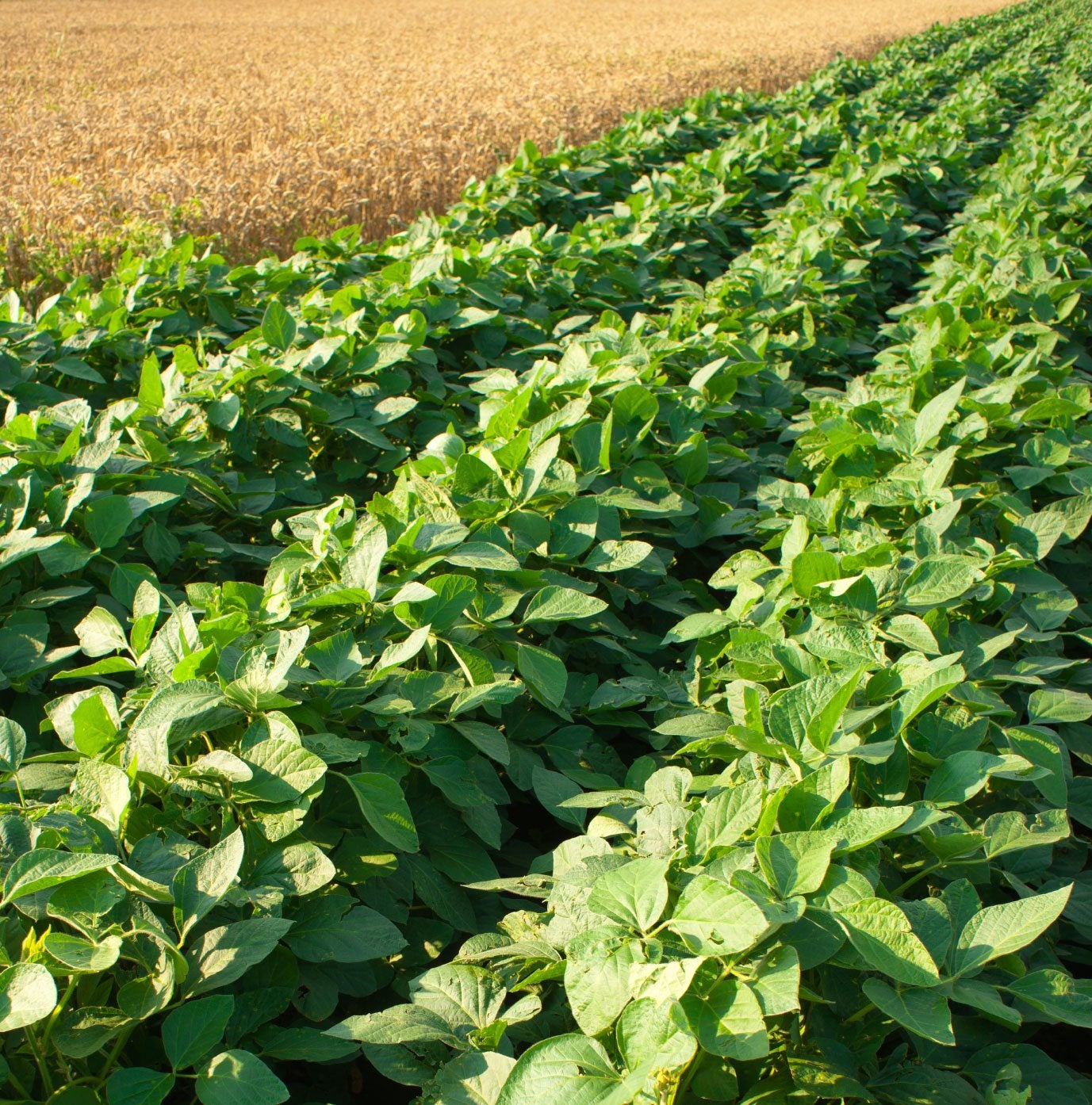

Cover crops serve a number of functions in the garden. They add organic matter, improve the soil's texture and structure, improve the fertility, help prevent erosion and attract pollinating insects. Find out about cover crop planting times in this article.
Cover Crop Planting Times
Gardeners have two options when planting cover crops. They can plant them in the fall and let them grow over winter, or they can plant them in early spring and let them grow during spring and summer. Most gardeners plant cover crops in fall and let them mature over winter - a time when they aren't usually growing vegetables. This cover crop planting guide tells you the best time for planting different types of cover crops. Choose a legume (bean or pea) if you want to improve the nitrogen content of the soil. Grains are a better choice for suppressing weeds and increasing the organic content of the soil.
Cover Crops for Fall Planting
- Field peas are hardy to 10 to 20 F. (-12 to -6 C). 'Mangus,' which grows 5 feet (1.5 m.) tall, and 'Australian Winter,' which grows about 6 inches (15 cm.) tall, are both good choices.
- Fava beans grow up to 8 feet (2.4 m.) tall and tolerate winter temperatures to -15 F. (-26 C).
- Clovers are legumes, so they also add nitrogen to the soil as they grow. Crimson clover and Berseem clover are good choices. They grow about 18 inches (45 cm.) tall and tolerate winter temperatures between 10 and 20 F (-12 and -7 C). Dutch clover is a low-growing variety that tolerates temperatures as low as -20 F. (-28 C).
- Oats don't produce as much organic matter as other grains, but tolerates wet soil. It is good for temperatures down to 15 F. (-9 C)
- Barley tolerates temperatures down to 0 F/-17 C. It tolerates salty or dry soil, but not acidic soil.
- Annual ryegrass absorbs excess nitrogen from the soil. It tolerates temperatures to -20 F (-29 C).
Cover Crops to Plant in Late Winter or Early Spring
- Cowpeas need to remain in the garden 60 to 90 days to produce the maximum amount of nitrogen and organic matter. The plants tolerate dry conditions.
- Soybeans add nitrogen to the soil and compete well with summer weeds. Look for late maturing varieties to get the maximum nitrogen production and organic matter.
- Buckwheat matures quickly, and you can grow it to maturity between your spring and fall vegetables. It decomposes quickly when tilled into the garden soil.
Cover Crop Planting Dates
September is a good time to plant fall cover crops that will remain in the garden over the winter, although you can plant them later in mild climates. If you want to grow cover crops in spring and summer, you can plant them anytime after the soil warms enough to work and up until midsummer. In hot climates, choose the earliest possible planting time for the species. You should go beyond the general guidelines about when to plant cover crops to determine the cover crop planting dates. Consider the temperature requirements of the individual crops, as well as the planting date of the plants you intend to grow after the cover crop.
Gardening tips, videos, info and more delivered right to your inbox!
Sign up for the Gardening Know How newsletter today and receive a free copy of our e-book "How to Grow Delicious Tomatoes".

Jackie Carroll has written over 500 articles for Gardening Know How on a wide range of topics.
-
 Try The Trend – Turn Any Bed Into A Keyhole Garden With This Clever In-Ground Composter
Try The Trend – Turn Any Bed Into A Keyhole Garden With This Clever In-Ground ComposterKeyhole gardening is an efficient and sustainable practice that saves space. Get started on this DIY project quickly and easily with an in-ground composter.
By Bonnie L. Grant
-
 4 Superfast Composting Methods: Turn Waste Into Garden Gold In 30 Days Or Less
4 Superfast Composting Methods: Turn Waste Into Garden Gold In 30 Days Or LessTry the fastest composting methods to turbocharge your pile and transform kitchen scraps and garden waste into finished compost in just a few weeks.
By Mary Ellen Ellis
-
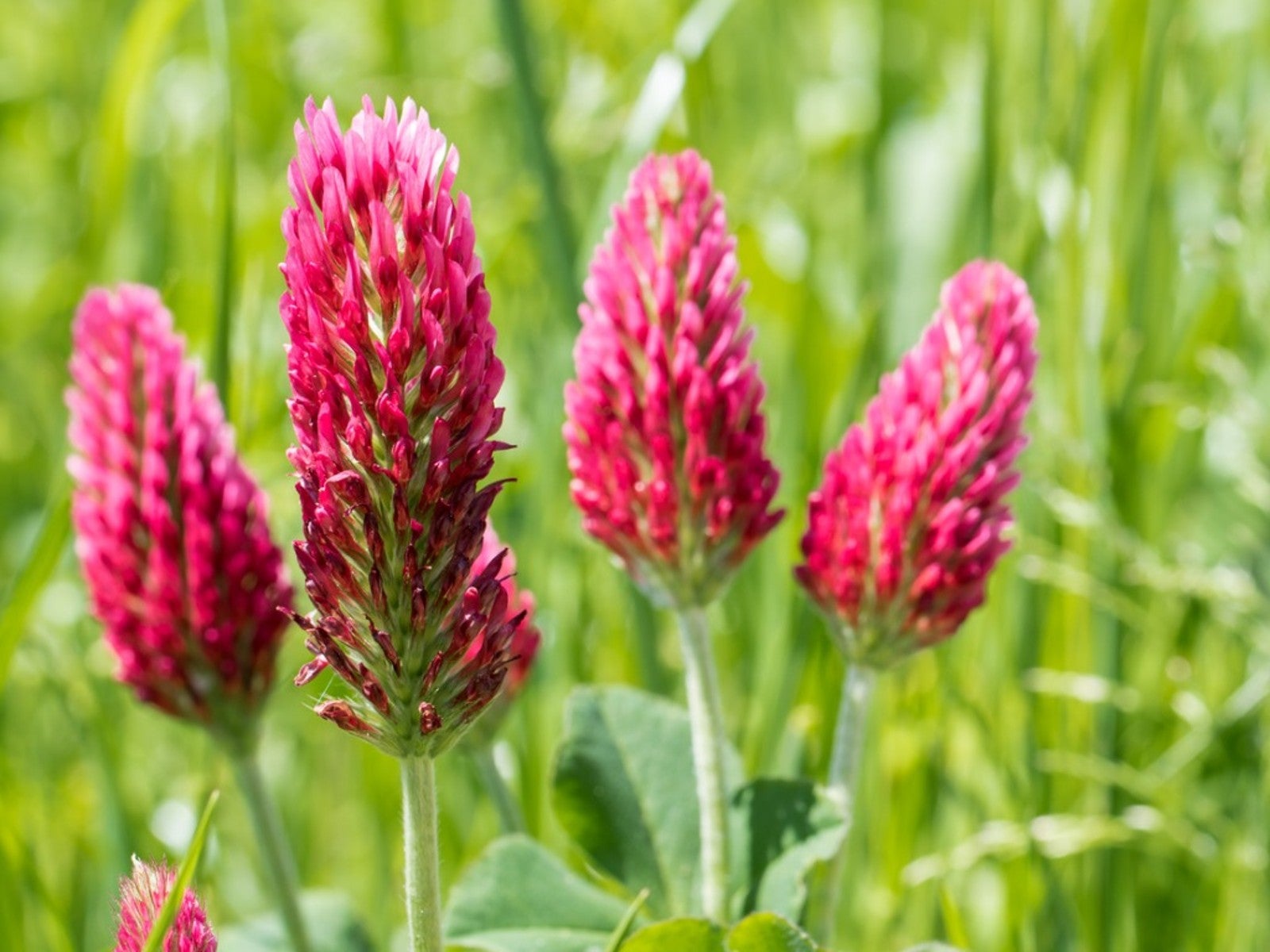 Best Late Summer And Early Fall Cover Crops
Best Late Summer And Early Fall Cover CropsPlanting cover crops is a gift you can give to your garden’s soil. Read on to learn about planting cover crops in late summer.
By Bonnie L. Grant
-
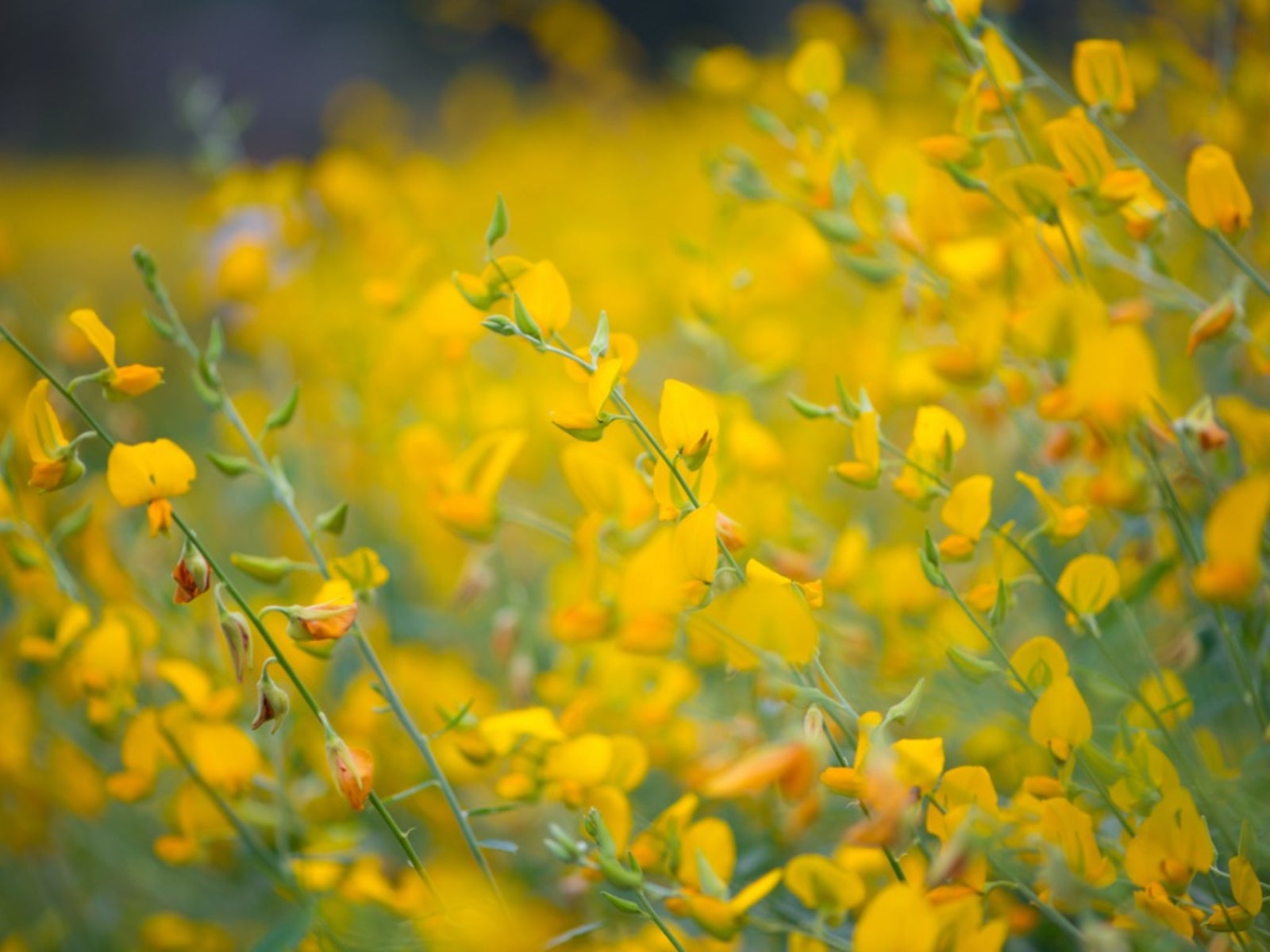 Sunn Hemp Plant Info – Learn Sunn Hemp Uses And Care
Sunn Hemp Plant Info – Learn Sunn Hemp Uses And CareSunn hemp grass is a warm weather grass. Click to learn more about Sunn hemp uses as well as helpful tips on growing Sunn hemp as a cover crop.
By Mary H. Dyer
-
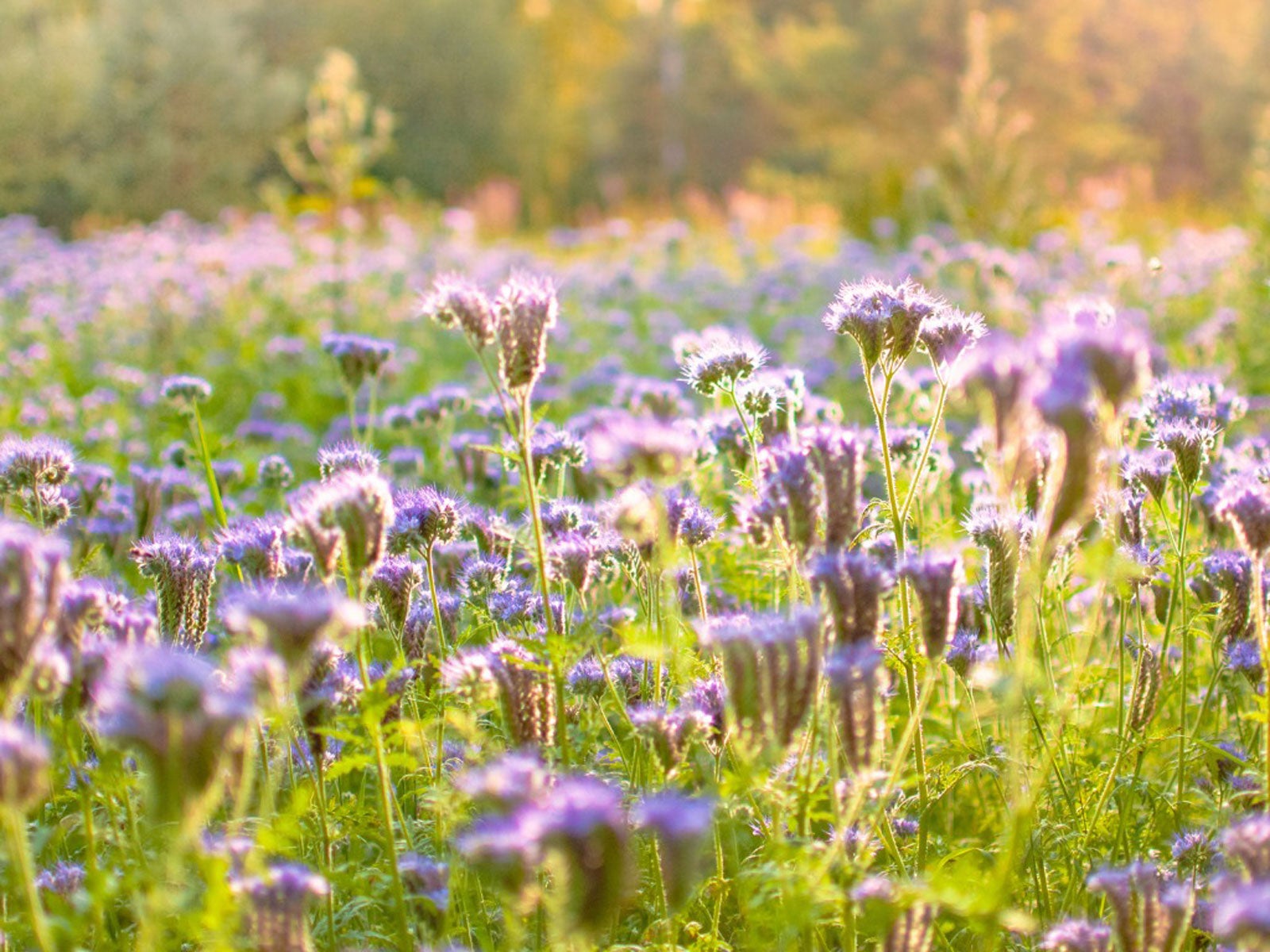 Native Cover Crops: Vegetable Cover Cropping With Native Plants
Native Cover Crops: Vegetable Cover Cropping With Native PlantsAre there any benefits to using native plants as cover crops? Click here to learn more about vegetable cover cropping with native plants.
By Laura Miller
-
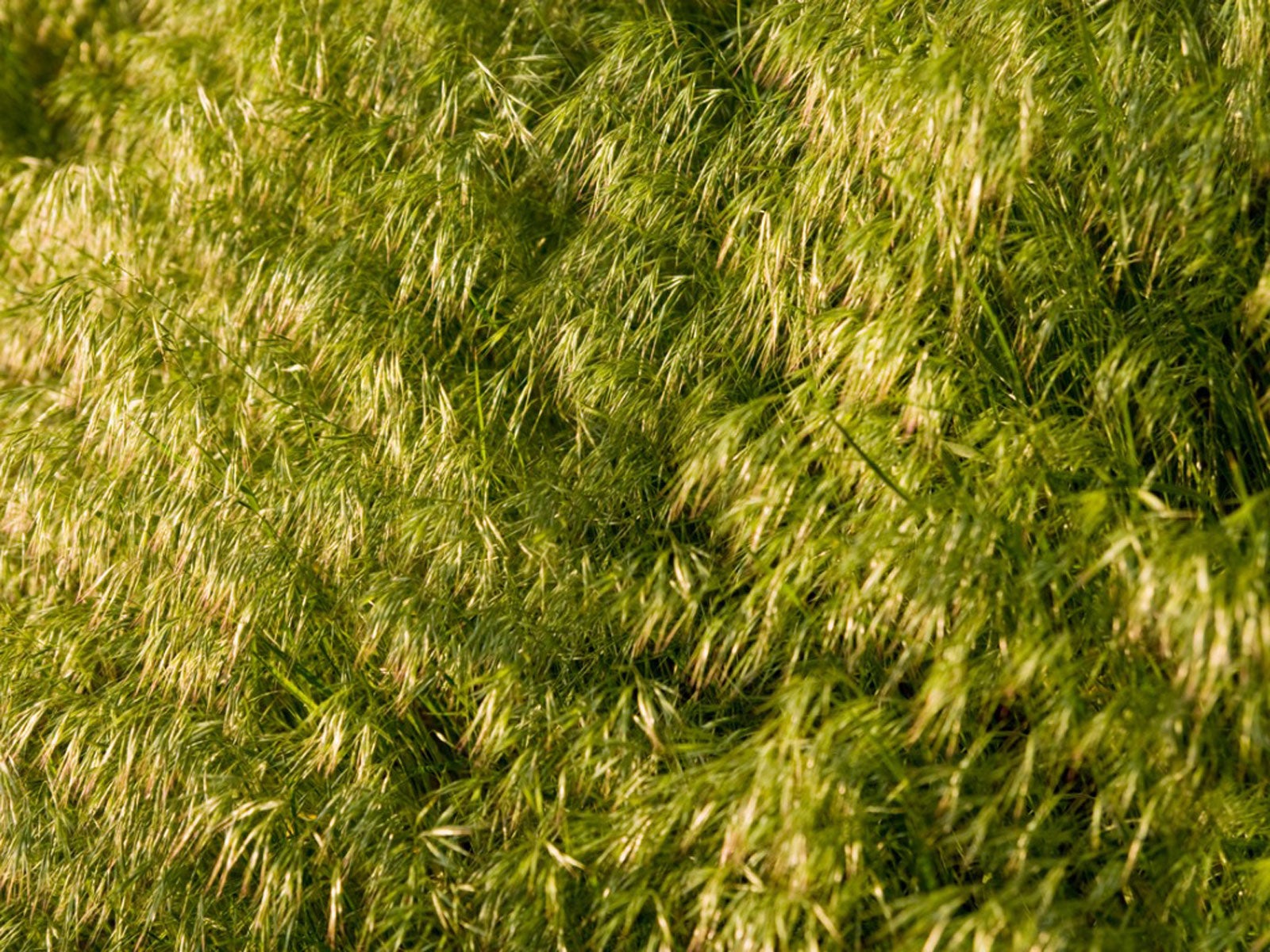 What Is Field Brome – Information About Field Brome Grass
What Is Field Brome – Information About Field Brome GrassField brome grass can be used as a cover crop to control erosion and enrich the soil. For more information, click the following article.
By Laura Miller
-
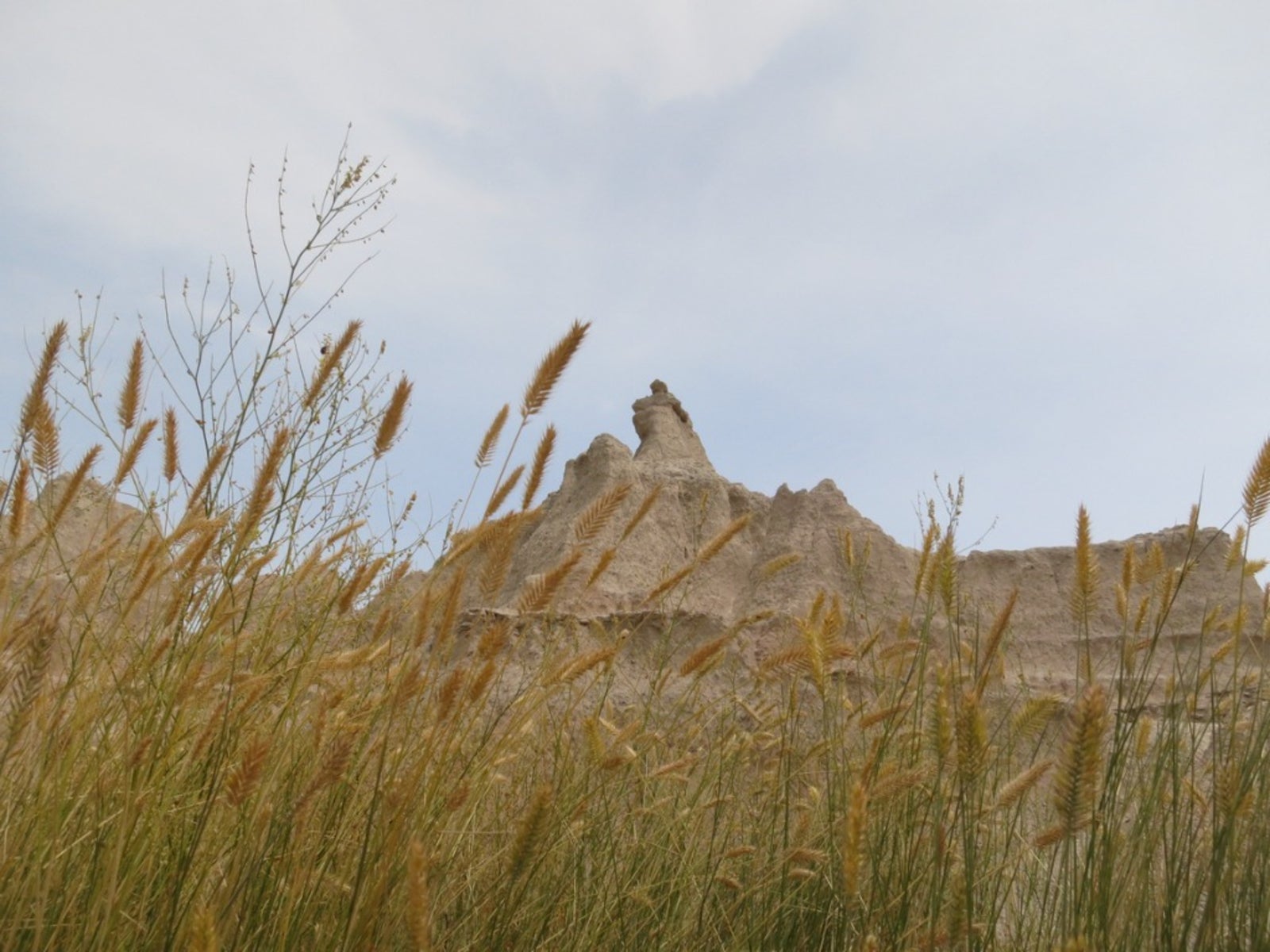 What Is Western Wheatgrass – How To Grow Western Wheatgrass
What Is Western Wheatgrass – How To Grow Western WheatgrassWheatgrass is native to North America and graces the Southwest, Great Plains and mountainous regions of the western U.S. It has some erosion control benefits but using western wheatgrass for grazing is the primary purpose. Learn more about it here.
By Bonnie L. Grant
-
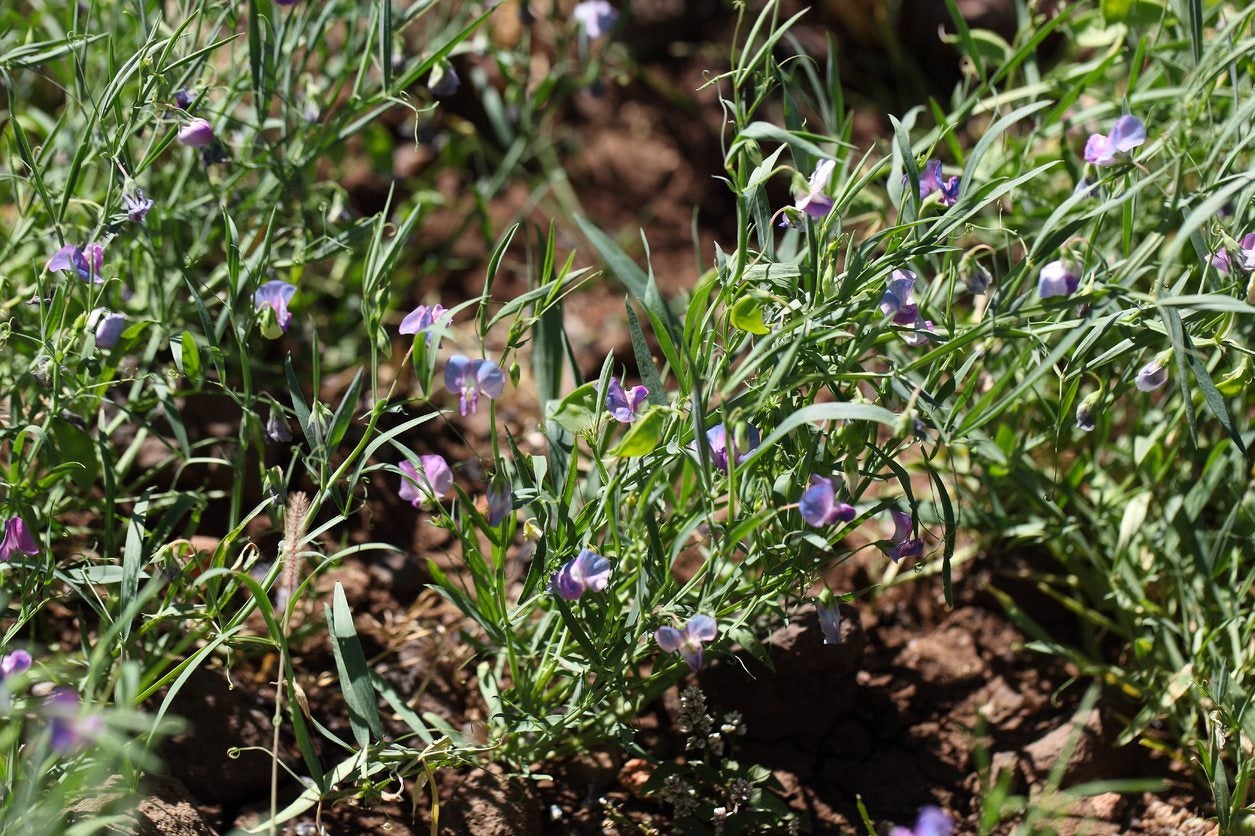 What Is Chickling Vetch – Growing Chickling Vetch For Nitrogen Fixing
What Is Chickling Vetch – Growing Chickling Vetch For Nitrogen FixingWhat is chickling vetch? Also known by various names such as grass pea, white vetch, blue sweet pea, Indian vetch, or Indian pea, chickling vetch is a nutritious legume grown to feed livestock and humans in countries around the world. Learn more about the plant here.
By Mary H. Dyer
-
Establishing Kura Clover: Learn How To Grow Kura Clover Plants
You no doubt have heard about the four-leaf clover, but few gardeners are familiar with kura clover plants. Kura is a forage legume and if you are interested in growing kura as a groundcover or establishing kura clover for some other use, this article will help.
By Teo Spengler
-
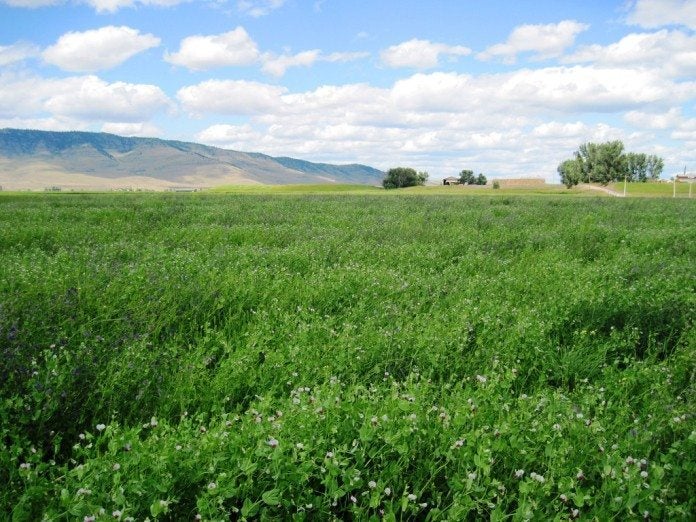 What Are Austrian Winter Peas: A Guide To Growing Austrian Winter Peas
What Are Austrian Winter Peas: A Guide To Growing Austrian Winter PeasWhat are Austrian winter peas? Also known as field peas, Austrian winter peas have been grown around the world for centuries, primarily as a valuable source of nutrition for humans and livestock. Click this article for info on growing Austrian winter peas.
By Mary H. Dyer